Saint Petersburg, formerly known as Leningrad, is a historic city in northwestern Russia. It holds a unique place in Russian history and culture, and its development is closely tied to the country’s historical and political evolution. Here’s a brief overview of Saint Petersburg’s history and its significance:
1. Foundation: Saint Petersburg was founded by Tsar Peter the Great on May 27, 1703. It was built on the swampy lands at the mouth of the Neva River, and the construction of the city marked the beginning of Russia’s westward expansion. The city was named after Saint Peter, the patron saint of Peter the Great.
2. Imperial Capital: For over two centuries, Saint Petersburg served as the capital of the Russian Empire. It was the center of political, cultural, and social life in Russia during this time. The city’s elegant architecture reflects the opulence and grandeur of the Russian royal court.
3. Architecture and Landmarks: Saint Petersburg is renowned for its stunning architecture, which includes iconic landmarks such as the Hermitage Museum, the Winter Palace, the Peter and Paul Fortress, and the Church of the Savior on Spilled Blood. The city’s layout, characterized by canals, bridges, and neoclassical and Baroque buildings, is often compared to Venice and earned it the nickname “Venice of the North.”
4. Cultural Hub: Saint Petersburg has a rich cultural heritage and has been home to many famous Russian writers, artists, and composers. Dostoevsky, Pushkin, Tchaikovsky, and many other luminaries lived and worked in the city. The city’s vibrant cultural scene includes theaters, opera houses, and numerous museums.
5. Role in Russian History: Saint Petersburg played a significant role in various pivotal moments in Russian history, including the Russian Revolution of 1917. During the revolution, it was briefly known as Petrograd, and later, Leningrad, in honor of Vladimir Lenin.
6. World War II: Leningrad (as it was known during the Soviet era) endured a brutal siege by Nazi forces during World War II. The Siege of Leningrad, which lasted for 872 days, is one of the longest and most devastating sieges in history. The city’s resilience and the suffering of its residents are an enduring symbol of the sacrifices made during the war.
7. Post-Soviet Era: After the collapse of the Soviet Union, the city’s name was changed back to Saint Petersburg in 1991. It has since become a dynamic and cosmopolitan city, attracting tourists from around the world and playing a key role in Russia’s modern cultural and economic landscape.
Saint Petersburg’s rich history, architectural beauty, and cultural significance make it a city of great importance in Russia and the world. It continues to be a hub of culture, education, and commerce while preserving its historical and artistic heritage.

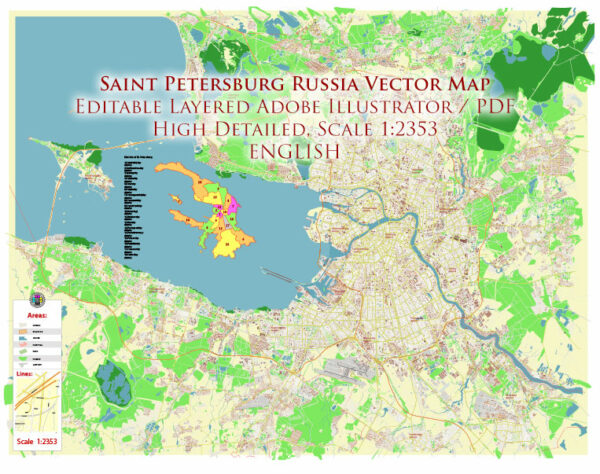
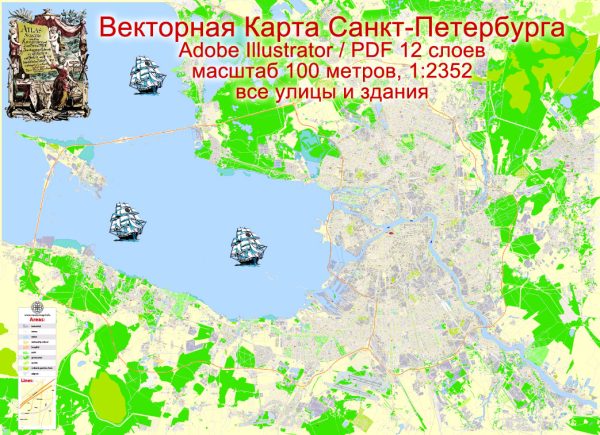
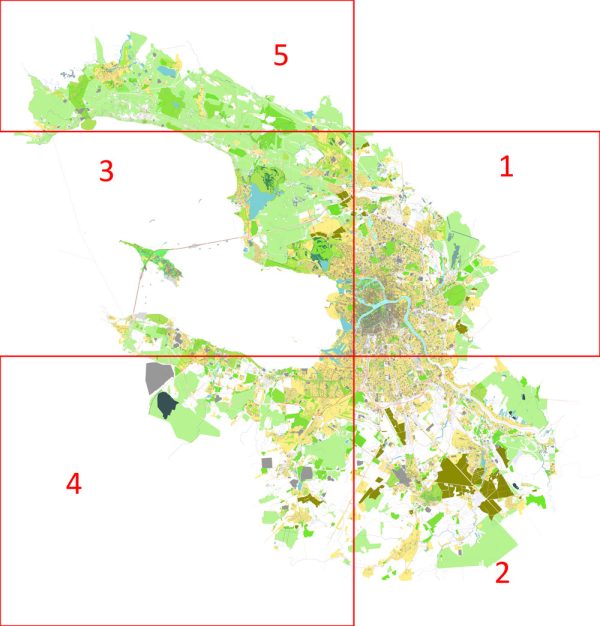
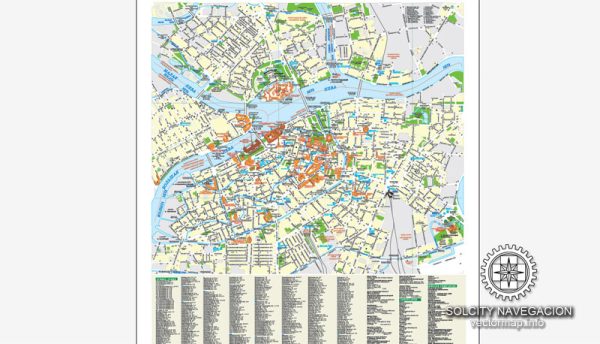
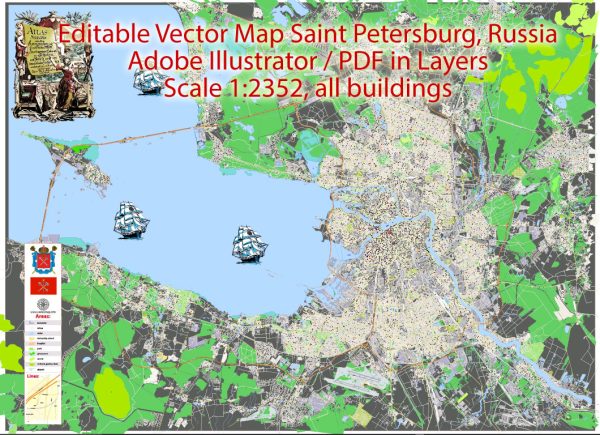
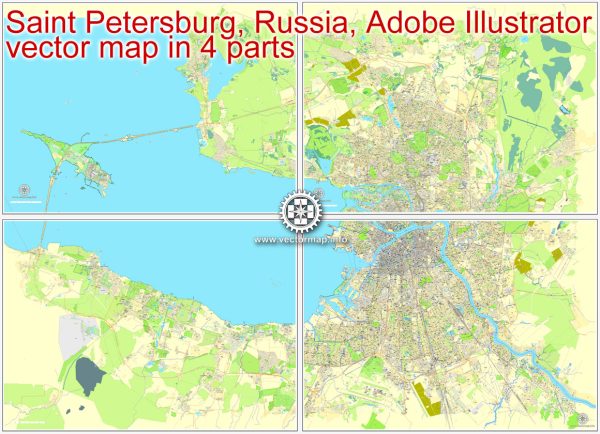
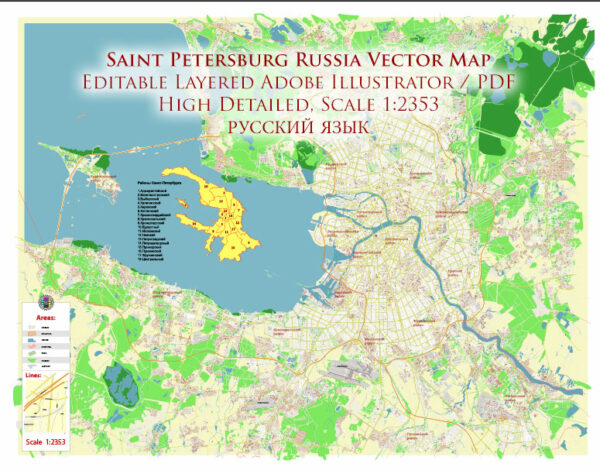
 Author: Kirill Shrayber, Ph.D.
Author: Kirill Shrayber, Ph.D.